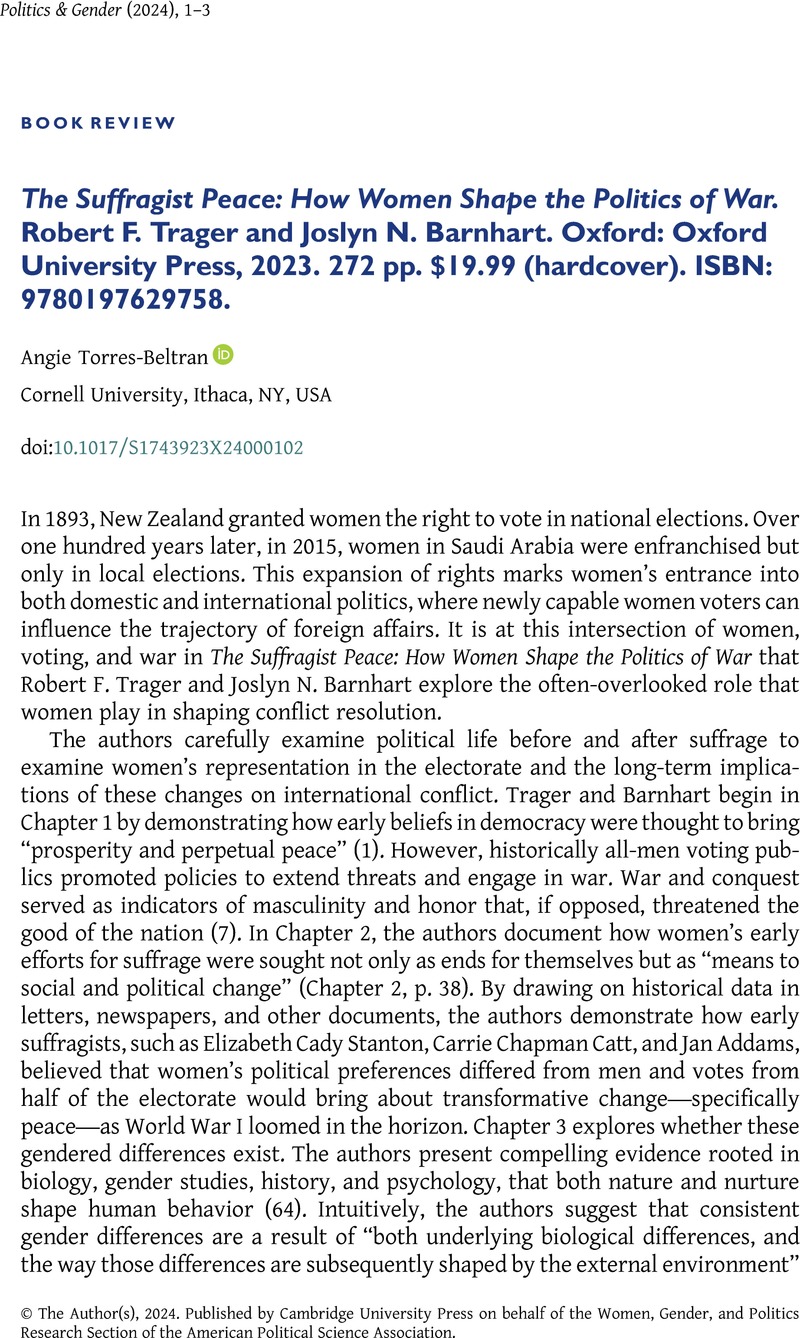Vogelstein, Rachel B. 2019. “Five Questions on Feminist Foreign Policy: Margot Wallström,” Women around the World Blog, Council on Foreign Relations, November 18, 2019,
https://www.cfr.org/blog/five-questions-feminist-foreign-policy-margot-wallstromGoogle Scholar 